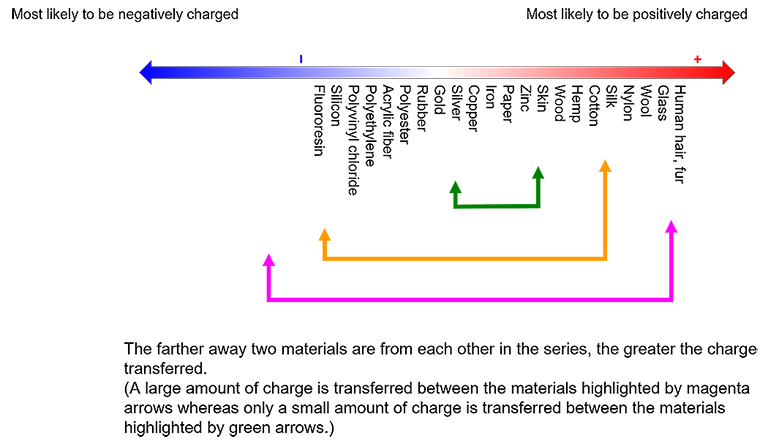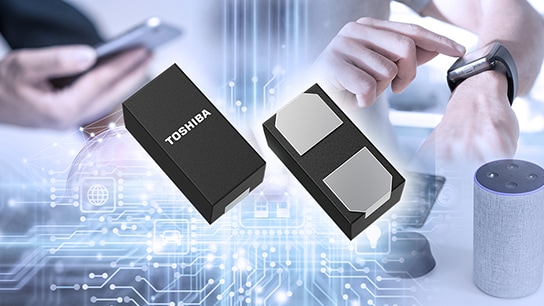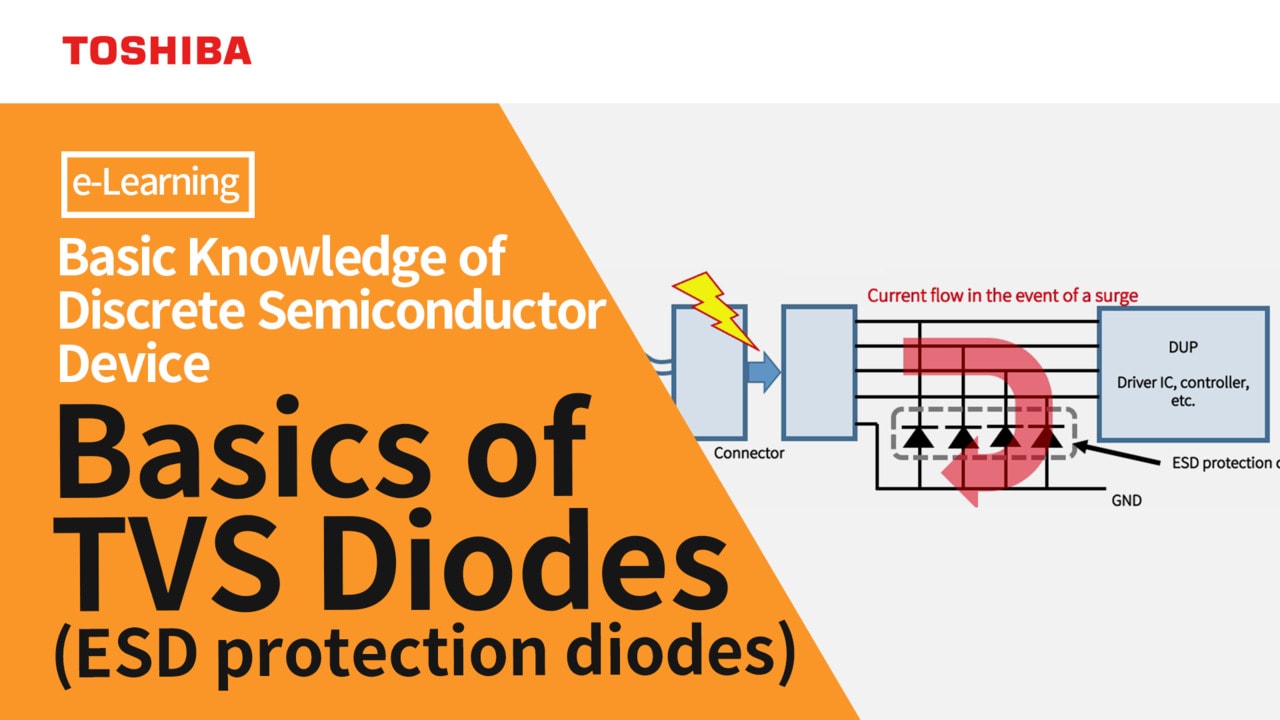- General Top
- SEMICONDUCTOR
- STORAGE
- COMPANY
-
My ToshibaSemicon
- Semiconductor Top
-
ApplicationsAutomotive
Body Electronics
xEV
In-Vehicle Infotainment
Advanced Driver-Assistance Systems (ADAS)
Chassis
IndustrialInfrastructure
BEMS/HEMS
Factory Automation
Commercial Equipment
Consumer/PersonalIoT Equipment
Healthcare
Wearable Device
Mobile
Computer Peripherals
-
ProductsAutomotive Devices
Discrete Semiconductor
Diodes
Transistors
Logic ICs
Analog Devices
Digital Devices
Wireless Devices
※
: Products list (parametric search)
Power SemiconductorsSiC Power Devices
※
: Products list (parametric search)
Isolators/Solid State RelaysPhotocouplers
Digital Isolators
Solid State Relays
Fiber Optic Transmitting Modules
※
: Products list (parametric search)
MOSFETsIGBTs/IEGTsBipolar Transistors※
: Products list (parametric search)
Diodes※
: Products list (parametric search)
MicrocontrollersMotor Driver ICsIntelligent Power ICs※
: Products list (parametric search)
Power Management ICsLinear ICs※
: Products list (parametric search)
General Purpose Logic ICsLinear Image SensorsOther Product ICsOther Product ICs
※
: Products list (parametric search)
-
Design & Development
Design & Development
Innovation Centre
At the Toshiba Innovation Centre we constantly strive to inspire you with our technologies and solutions. Discover how to place us at the heart of your innovations.
-
Knowledge
Knowledge
Highlighted Topics
Further Materials
Other
- Where To Buy
- Part Number & Keyword Search
- Cross Reference Search
- Parametric Search
- Stock Check & Purchase
This webpage doesn't work with Internet Explorer. Please use the latest version of Google Chrome, Microsoft Edge, Mozilla Firefox or Safari.
require 3 characters or more. Search for multiple part numbers fromhere.
The information presented in this cross reference is based on TOSHIBA's selection criteria and should be treated as a suggestion only. Please carefully review the latest versions of all relevant information on the TOSHIBA products, including without limitation data sheets and validate all operating parameters of the TOSHIBA products to ensure that the suggested TOSHIBA products are truly compatible with your design and application.Please note that this cross reference is based on TOSHIBA's estimate of compatibility with other manufacturers' products, based on other manufacturers' published data, at the time the data was collected.TOSHIBA is not responsible for any incorrect or incomplete information. Information is subject to change at any time without notice.
require 3 characters or more.
What is electrostatic discharge (ESD)?
ESD refers to the discharge of electric charges that occurs when substances charged with charges of different polarities come close to each other or come into contact with each other.

All matter is composed of atoms, each of which consists of a positively charged nucleus and negatively charged electrons, making it electrically neutral. When an atom loses electrons, for example, as a result of two objects coming into contact with each other, it becomes a positively charged ion (called a cation). Conversely, an atom that gains electrons becomes a negatively charged ion (called an anion).
A transfer of electrons does not occur randomly; some materials tend to become positively charged whereas others tend to become negatively charged. Figure 1 shows a triboelectric series, a list of materials that are empirically ordered according to their tendency to acquire a positive or negative charge. Electrostatic discharge (ESD) is a sudden flow of electric charge between two electrically charged objects caused by contact.
When two different materials come into contact, electrons are transferred from one material to the other. However, while these materials are in contact with each other, positive and negative ions are in equilibrium. In this state, static electricity cannot be detected. You experience static electricity when you separate these differently charged materials. Suppose, for example, that you are wearing a polyester down jacket on top of a wool sweater. Then, the sweater becomes negatively charged because friction causes electrons to move from the down jacket to the sweater. At this time, the down jacket becomes positively charged. When you then take off the sweater, you might experience electrostatic sparks as some electrons on the sweater are discharged to the down jacket.
Look at Figure 1. Polyvinyl chloride and human hair are far away from each other in the triboelectric series as highlighted by magenta arrows. The farther away two materials are from each other, the greater the charge they build up. This means that more ESD energy is discharged when they are separated. You rarely get static shocks when you take off a cotton shirt.
Static electricity is akin to the charging of a capacitor. To prevent ESD events, it is important to avoid the buildup of charge. There are several ways to prevent static electricity:
- In the case of a metal, connect it to ground.
- Increase humidity to reduce the surface impedance of a material.
- Use an ionizer to ionize the atmosphere with the opposite polarity to that of the charged object in order to neutralize the electrostatic charge.
Electronics manufacturers implement these measures to prevent static electricity from being produced.
However, there is no way to eliminate static electricity. So, ICs generally incorporate ESD protection circuitry at I/O pins because they could be damaged or destroyed by ESD energy.
Although such ESD protection circuitry provides protection against relatively small ESD transients that occur in a device under protection (device-level ESD), it cannot withstand ESD transients that are introduced into ICs via USB and other ports (system-level ESD). Keep in mind that electronic devices are constantly exposed to system-level ESD in our daily life.
To protect ICs from system-level ESD, it is necessary to add external ESD protection diodes. For details, visit the following FAQs:
FAQs:
Related Links
For TVS diode (ESD protection diode) products, please refer to the following links.



